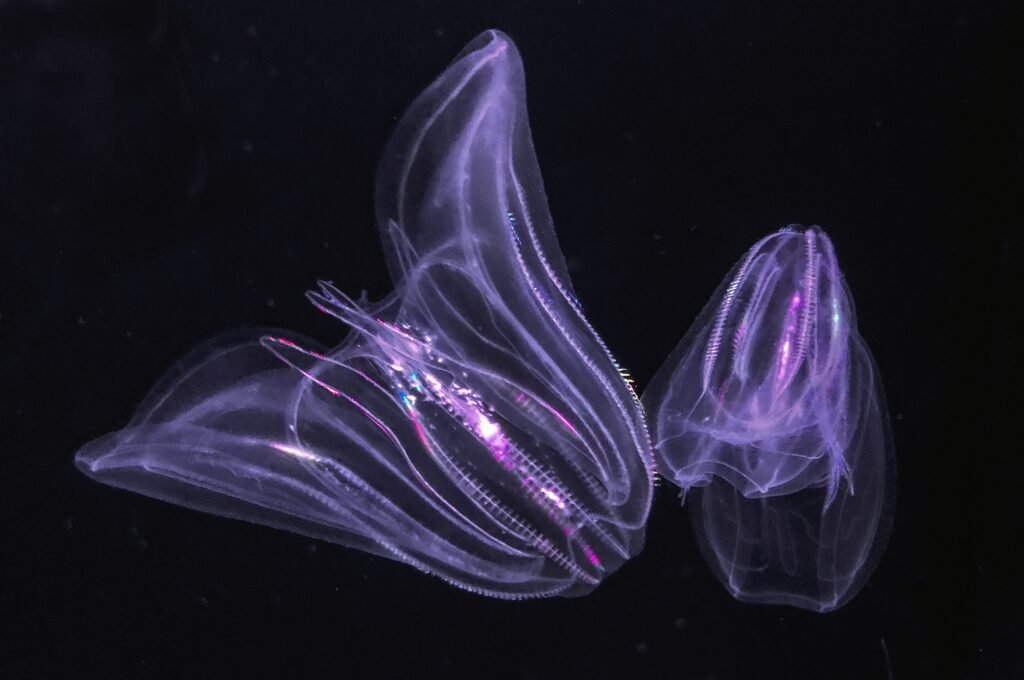World’s fastest camera shoots at surprising speed of 156.3 tr fps
Canadian Researchers have been developing the world’s fastest camera which shoots at an incredible speed of 156.3 trillion frames per second.
Researchers from Énergie Matériaux Télécommunications at the Research Centre Institut national de la recherche scientifique (INRS) in Canada are developing this camera.

The greatest slow-motion cameras in phones usually perform at a few hundred frames per second (fps). Professional cinematic cameras may use several thousand fps to give a smoother appearance.
However, if you want to observe what is going on at the nanoscale, you will need to slow things down to a significant extent, to billions or even trillions of frames per second.
The new camera can capture events as small as femtoseconds or quadrillionths of a second. The researchers built on a technique they came up with in 2014 called compressed ultrafast photography (CUP). It could record 100 billion frames per second.
The next step was the development of T-CUP, which stood for “Trillion-frame-per-second,” capable of up to trillion fps. However, researchers increased the camera speed to 70 trillion fps with a variant. They named it as compressed ultrafast spectral photography (CUSP) in 2020.
The researchers have now doubled more than this camera speed reaching a mind-blowing 156.3 trillion frames per second. The new world’s fastest camera system which shoots at 156.3 tn fps has also been named “swept-coded aperture real-time femtophotography (SCARF).”

Click here to read updates on the Samsung Galaxy Z Fold 6 launch, features, specifications & Price
SCARF may catch events that were too quick for previous generations of technology to detect. This comprises shock waves that pass through materials or live cells.
SCARF works by “chirped” ultrashort of laser light emission that passes through the event or object while photographing. This new technology camera will also help develop the current physics, biology, chemistry, materials science, engineering, and other fields.
Professor Jinyang Liang, scientific director of INRS’ Laboratory of Applied Computational Imaging laid the framework for SCARF. The details have been published in the journal Natural Communications.
Read More:
- Sea creature turns into a baby when it is stressed out showing time travel
- Realme Narzo 70 Turbo 5G launch date, features, specifications & price
- European Space Agency printed 3D metal part in space for first time
- Earth’s mysterious Alaska triangle where over 20,000 people disappeared
- Philips Hue launched a new smart lighting solution for kitchen
- NASA to launch life-searching spacecraft to Jupiter’s moon Europa
Share this content:










Post Comment